Take advantage of the Flex-E Subsidy with the Embion EMS
Starting April 1, 2025, a new subsidy scheme will be available for companies looking to invest in flexible energy use. The Flex-E grant makes it...
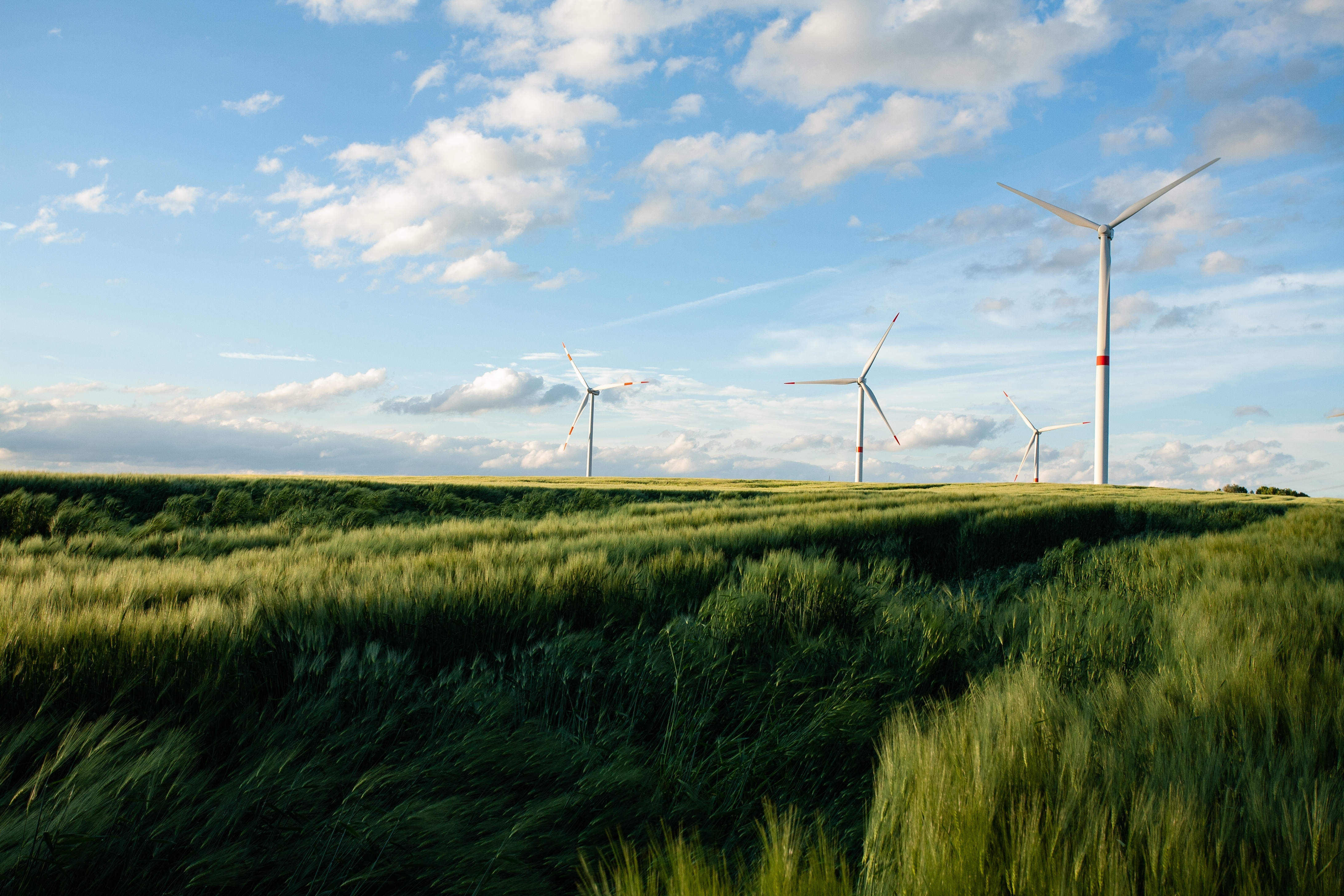
The energy transition is no longer a matter of the future, it’s the reality of today. Wind, solar, and the electrification of mobility and industry are all elements that are fundamentally reshaping our energy supply. Yet while the growth in renewable generation is visible and measurable, one crucial link is often overlooked: how do we distribute and use all that energy smartly?
In the past, the energy system was straightforward: electricity was generated centrally and flowed in one direction to the user. But that model no longer fits today’s world. More and more companies and organisations are generating their own energy, charging electric vehicles when it suits them, and feeding electricity back into the grid. We are no longer just consumers, we are producers too.
That’s a positive development, but it also makes the energy system much more complex. It’s no longer just about generating more renewable energy. Equally important is when that electricity is available and how we use it. If supply and demand aren’t properly aligned, the grid becomes overloaded. A problem that is occurring more and more frequently.
Storage still plays an important role. Batteries, thermal buffers, and in the future perhaps also hydrogen, help to capture surplus energy and use it when it’s scarce. This helps to smooth out peaks and fill in gaps. But storage alone isn’t enough. Just as important is smart control of our energy use. And that is exactly what a system like the Embion EMS enables. With our EMS, you can coordinate solar panels, charging stations, batteries and other installations. This allows you to work not only more efficiently but also more flexibly – helping to keep the entire energy system in balance.
An Energy Management System supports this process. It provides insight and balance in the background. You can see where there is a surplus of electricity, where demand is increasing, and respond accordingly. For example, you can automatically shift consumption to times when there is plenty of solar or wind power available. Or pause a process temporarily when the grid is under pressure.
The energy transition is no longer just about generating as much as possible. Flexibility is now essential. It’s about the right balance, timing, and smart coordination between everything that consumes and produces energy. This requires collaboration, but also intelligent systems that make that coordination possible. An EMS plays a crucial role in this, turning sustainability goals into concrete actions in day-to-day energy management.
Instead of simply generating or storing more, the real gain lies in making the most of what we already have.
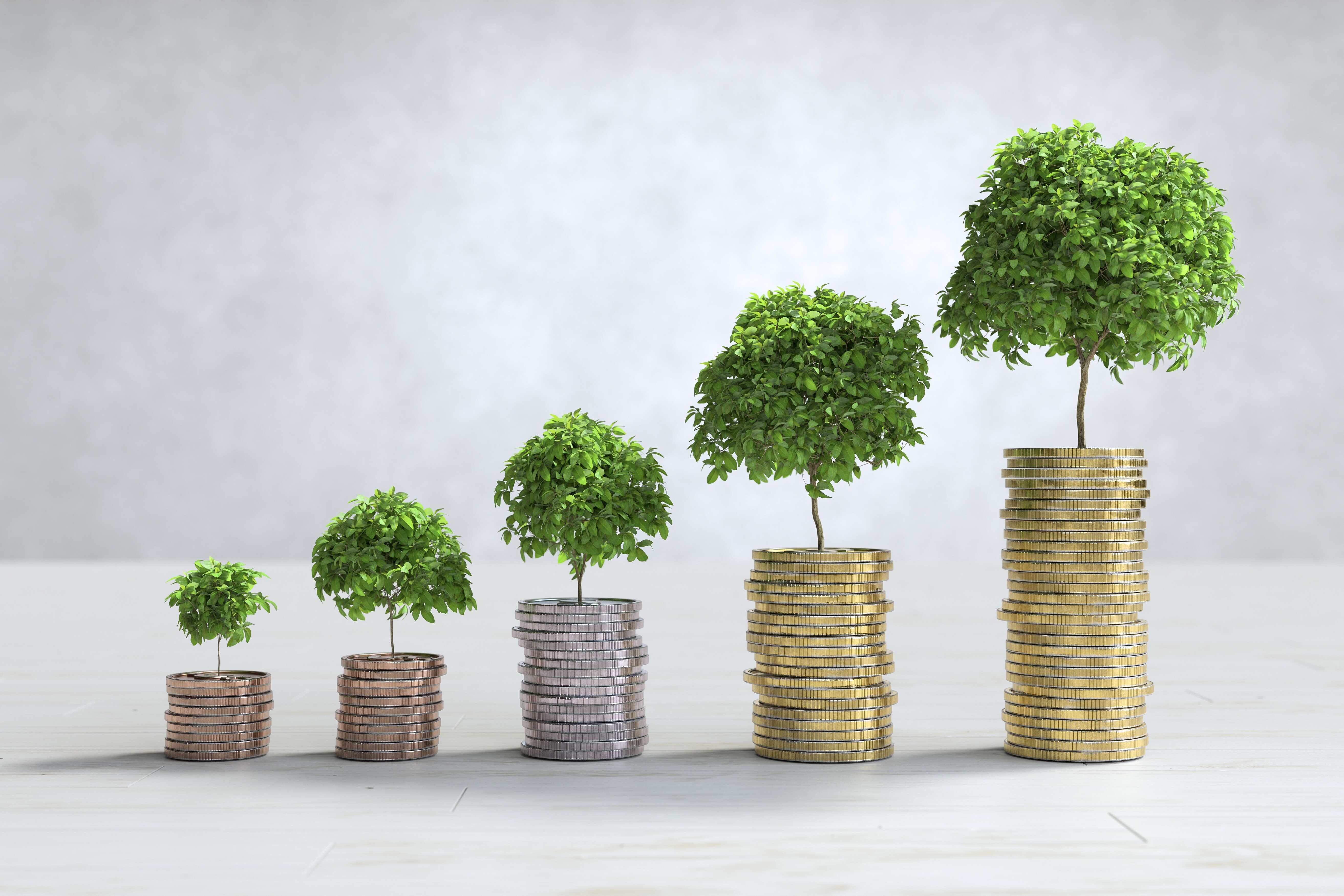
Starting April 1, 2025, a new subsidy scheme will be available for companies looking to invest in flexible energy use. The Flex-E grant makes it...
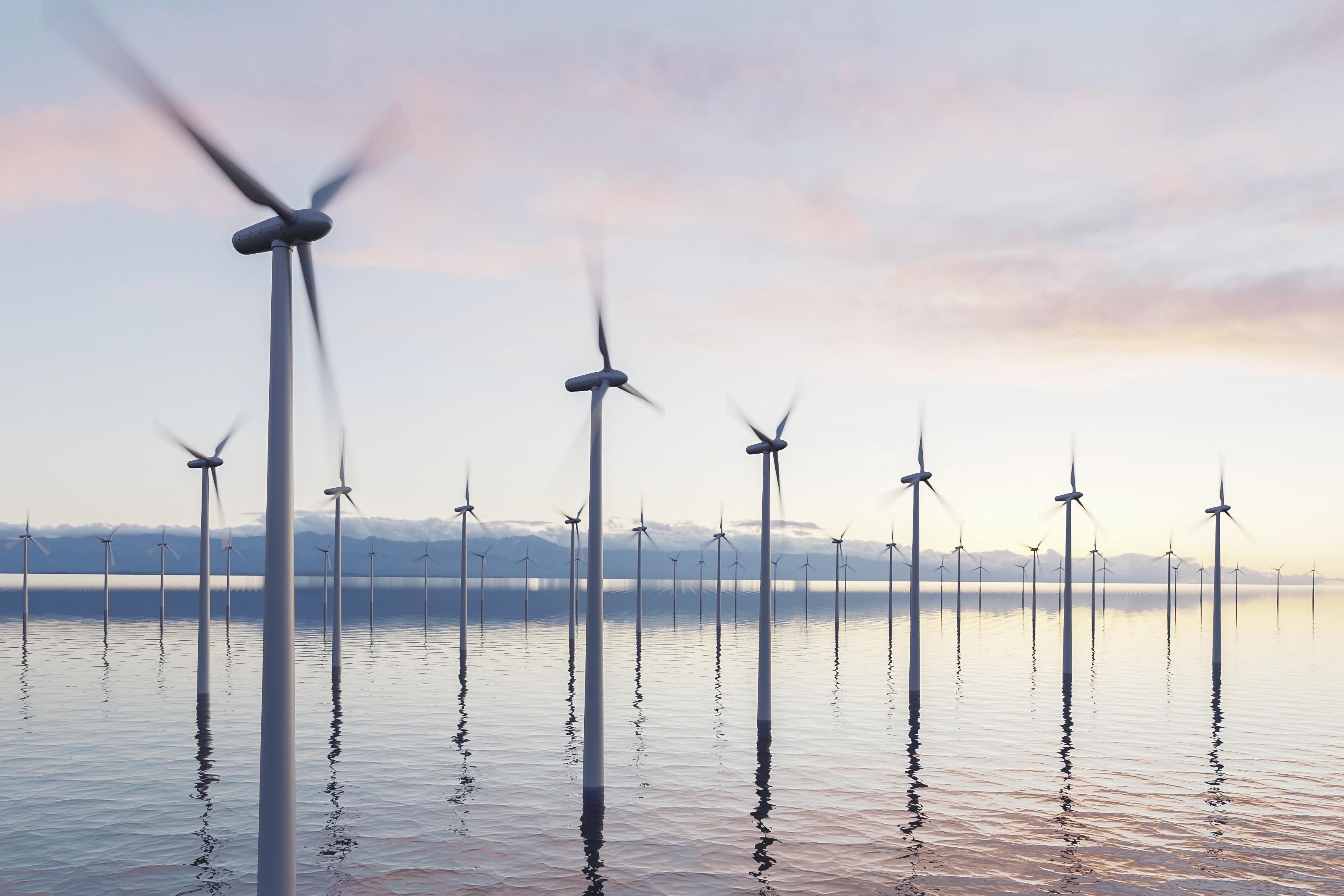
On January 23, the OStuTech event took place, where the latest developments in energy management were discussed. This event provided valuable...
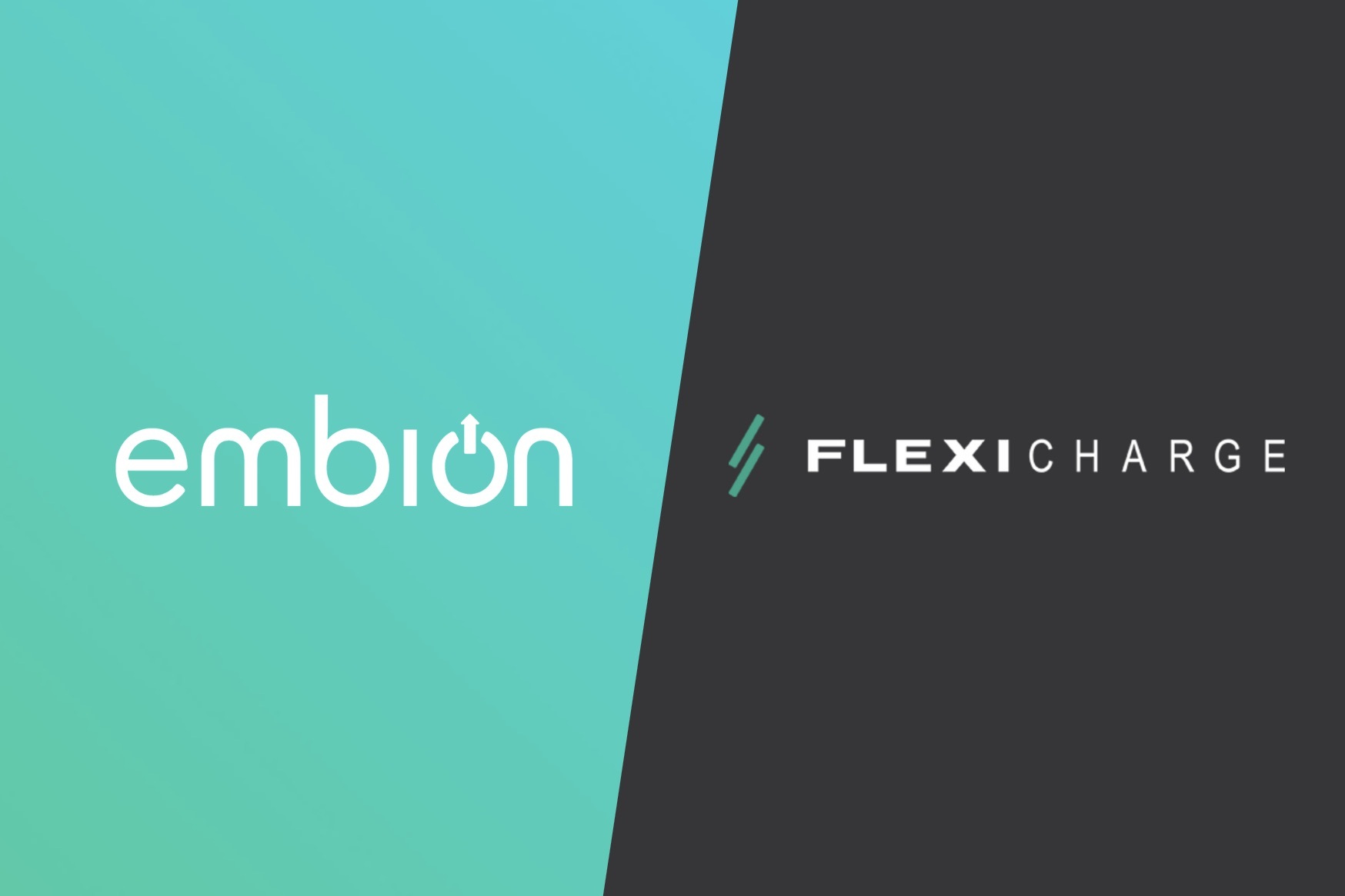
Two Powerful Technologies, One Smart Solution Embion and Flexicharge have joined forces to deliver seamless integration between the Embion Energy...

By 2050, the Dutch energy system must be climate neutral. How will we get there? That depends on the choices we make today. Netbeheer Nederland has...

Negative energy prices are increasingly becoming a reality in the energy market. This happens when there is a surplus of electricity, for example due...
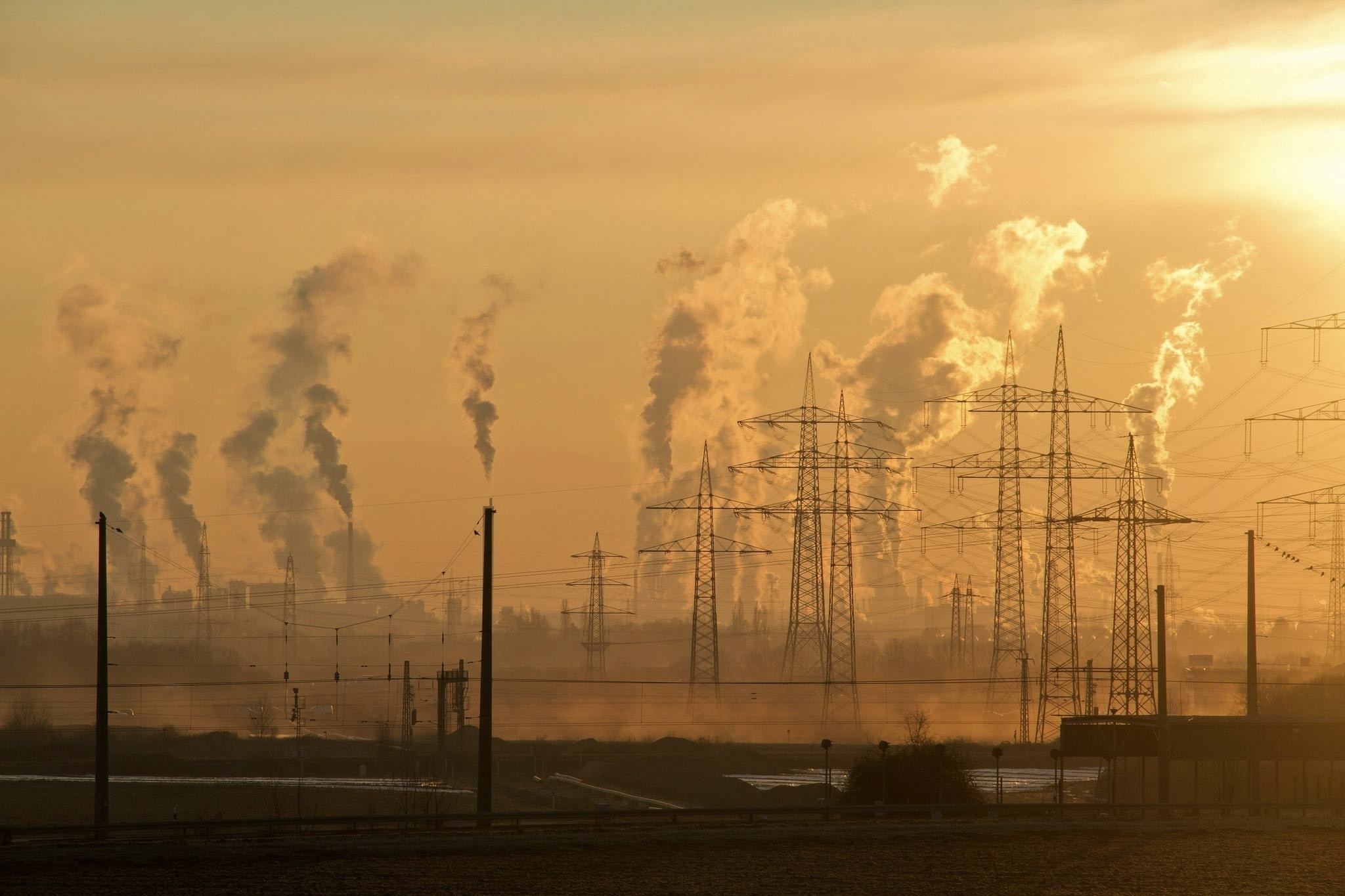
The Netherlands is electrifying at a rapid pace. Businesses and households are investing heavily in sustainable systems, but without smart control,...